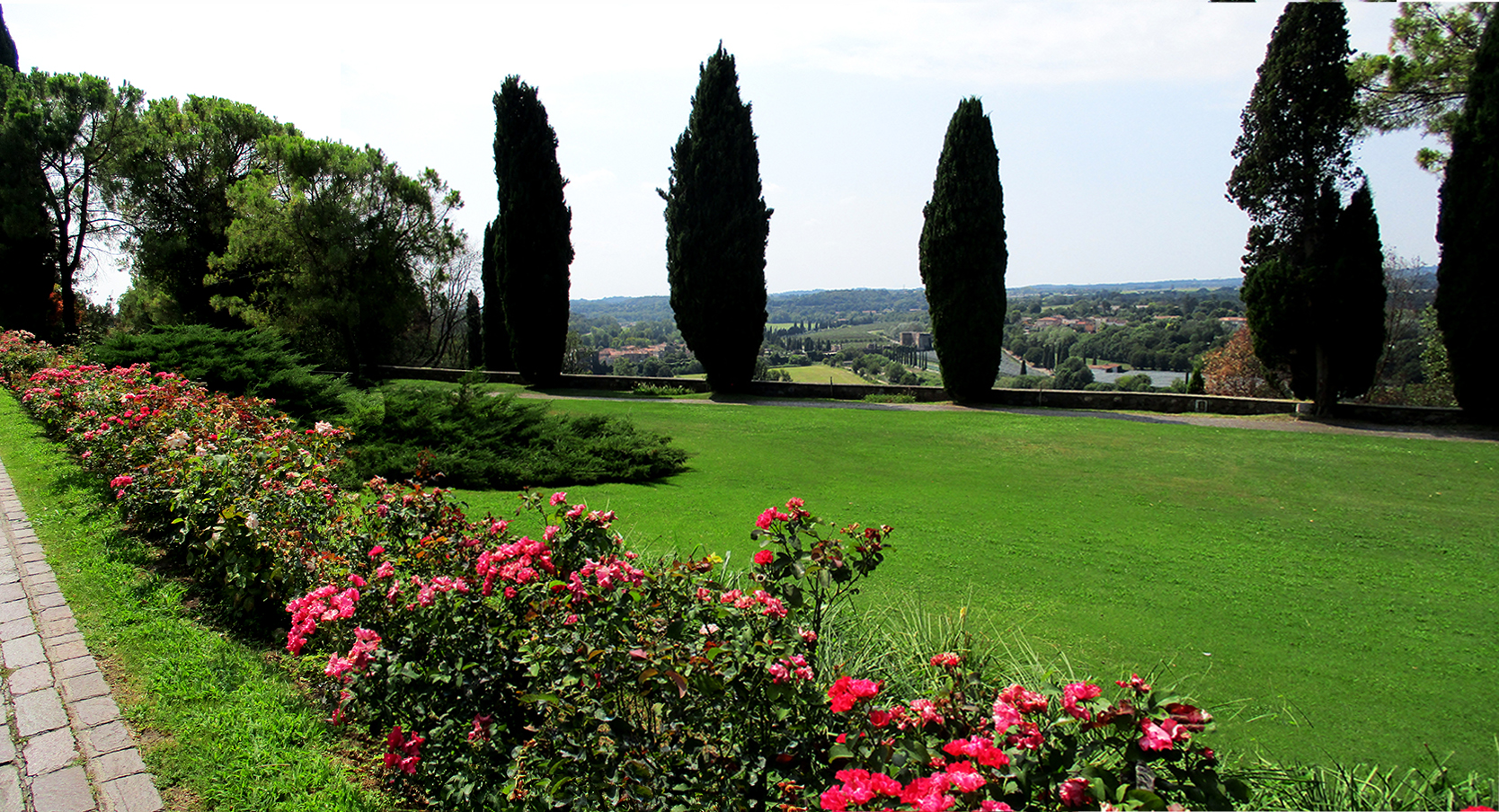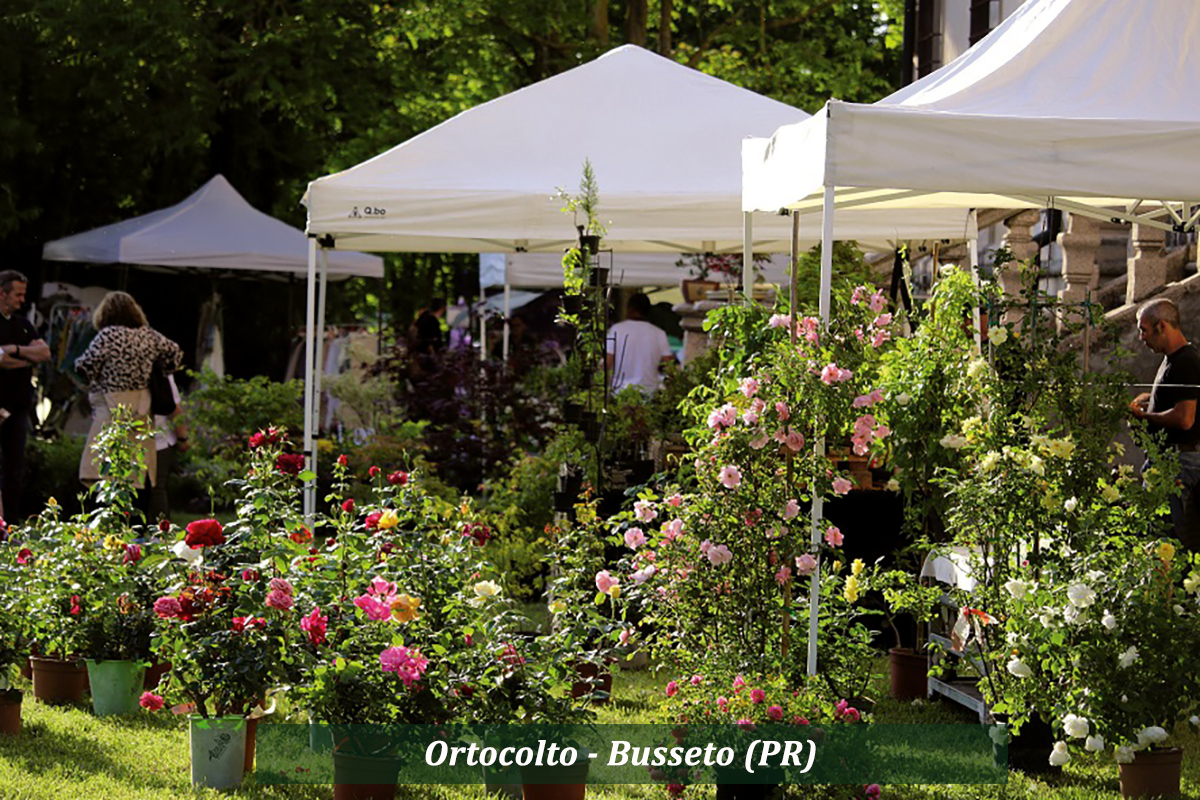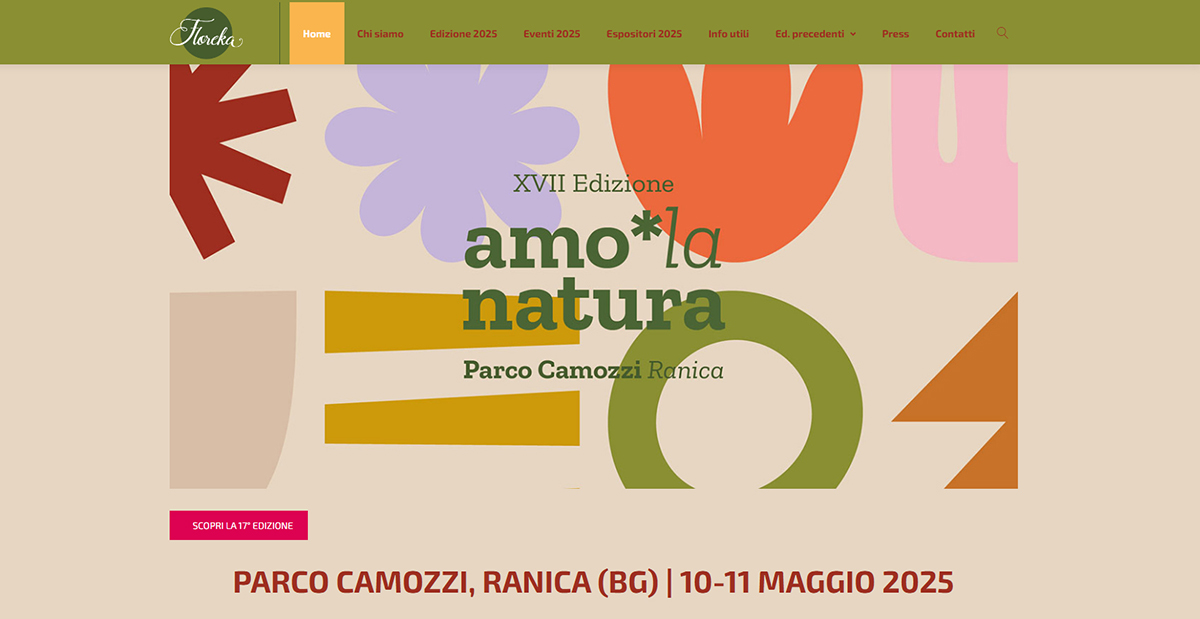Clematis jackmanii is a deciduous climbing plant from the Northern Hemisphere, known for its large, fragrant summer flowers (June-September) and its therapeutic properties. It requires sunny exposure, moist subacid soil and little maintenance. It adapts well to the Italian climate. It propagates by cutting, seed or layering. Used to decorate pergolas and shrubs, it can be grown in pots or in the ground with precautions to protect the roots and stem.
IDENTIFICATION
Scientific name:
Clematis jackmanii
Italian common name:
Clematis, Love Lace or Greybeard
Family:
Ranunculaceae
Origin:
Boreal Emisphere.
Environment:
temperate climates
Evergreen or deciduous:
deciduous
Toxicity:
not
PLANT RECOGNITION
Height:
3 – 3,5 m.
Width (extension):
being a creeper, the information is not useful.
Habit:
climbing or ground cover.
Leaf:
dark green, covered with thin light hair. Ovate or heart-shaped, 5 to 10 cm long, they are divided into three segments and have an intense green color.
Flower:
composed of very evident stamens in the center surrounded by 6-8 oval sepals formed by 4 petals of 10-12 cm. (except for a few double-flowered varieties) large-flowered hybrid.
Flowering:
June – September
Fruit:
not received
Stem:
liana and herbaceous depending on age. The bark detaches into lamellae.
Property:
Clematis is a plant with a diuretic, purgative, anti-neuralgic and rubefacient action, useful for preventing and treating constipation, pain, rheumatism and gout, always paying attention to the doses and under medical prescription.
Perfume:
yes
NEEDS
Maintenance:
low even if it requires water and food to flourish in abundance
Light Exposure:
sun – partial shade although it likes its roots to be in the shade and its feet protected from the wind.
Soil type:
it loves sub-acid soil but grows in almost all soils. It tolerates heavy ones less.
Soil acidity:
pH 5.5 / 6.0
Italian climatic area:
Being also widespread spontaneously in Italy and in Europe in general, this plant adapts very well to our climate and, leaving aside the driest and most arid areas, it can grow and survive throughout the Italian territory.
Need for water:
they love moist soil so water regularly.
Propagation:
Cutting, offshoot, seed, layering.
Diseases:
snails, aphids for the buds and earwigs that damage tepals and leaves. Furthermore, stem dryness (Wilt) and white malt. Unfortunately, the cause of stem drying is not yet completely clear, although it seems to affect only large-flowered hybrids and plants grafted onto Clematis vitalba more severely.
It can also happen, given that they love clayey soil, that leaf chlorosis appears which is treated with chelated iron.
Pruning:
They usually do not require pruning. They just want to be cleared of any dead branches. You can intervene if you want to contain the exuberance at the end of winter.
After a few years, a drastic pruning can be carried out (but not on the wood) which will encourage the growth of new stems and make the plant tidier overall.
SPECIAL FEATURES
It was introduced in 1862 and was the first of the modern large-flowered hybrid garden clematis.
The name Clematis is believed to derive from klematís-ídos meaning twining vine-like plant. Clematis is one of the oldest botanical names we know of, it dates back to the 1st century and was attributed to it by Dioscorides, over the following centuries it was maintained and finally confirmed by Linnaeus.
Clematis jackmanii: Notes
In the second half of the 1500s Elizabeth I began the cultivation of clematis viticella and they were also cultivated throughout Victorian England. They also spread and prospered in the rest of Europe until the arrival of a fungus which eliminated them until the 1950s when cultivation was resumed, reaching the present day. Find a more complete description of this story at this link
If grown in pots they should be repotted every 2 years.
In the ground, however, it should be planted with the first two buds buried. This will allow the plant to produce new roots and resist even major pruning.
It is recommended not to place the plants too close to a wall or a tree.
In the kitchen:
no use
The mondo del giardino advice
Gertrude Jeckill suggests using it as a cover for those shrubs that lose their leaves in winter or mixed with roses to prolong the flowering of the flowerbed.
Now on horseback! Work awaits us! Our new wonderful outdoor space is about to be born!
GOOD WORK and…if you have any questions, write to info@mondodelgiardino.com
Image sources: thanks to Pixabay and many thanks to Susanne Jutzeler for the social photo, 3008133 for the cover and, in order of appearance, Matthias Böckel, Hans, Federico Maderno, Clematisonline.it, Federico Maderno, Светлана and PublicDomainPictures for the photo conclusive.




















